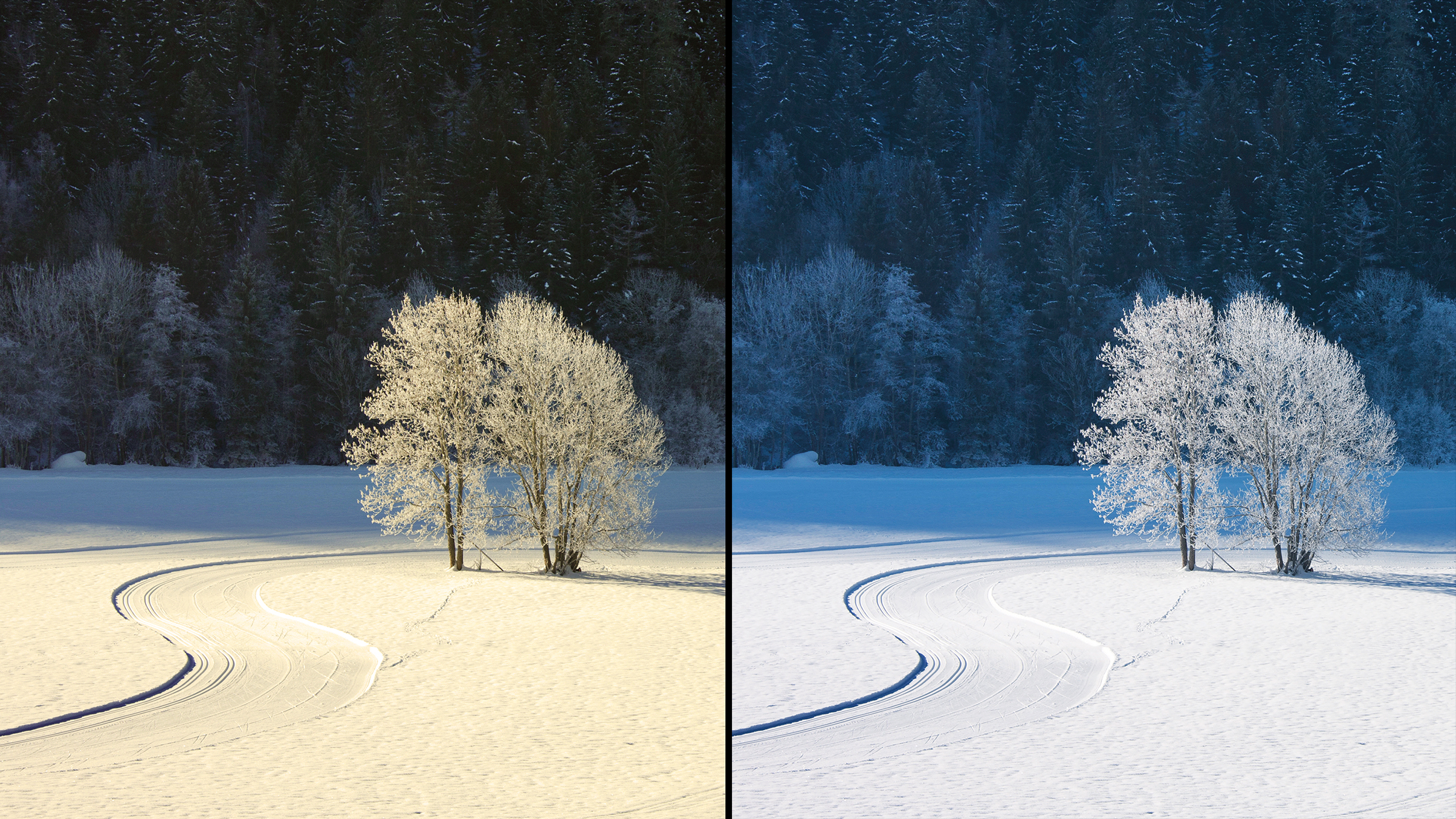5 tricks and settings I use when I shoot architecture for my travel photography
Yasser Alaa Mobarak reveals how he brings a human dimension to architecture, with a photo he took during a trip to Baku

I am a travel photographer from Alexandria in Egypt, and would like to share how I photographed the Heydar Aliyev Center in Baku, Azerbaijan. The Center is a 57,500-sq m building complex designed by Iraqi-British architect Zaha Hadid, and is noted for its distinctive architecture and flowing, curved style that eschews sharp angles.
Here are five things to bear in mind when you are shooting architecture, whether it’s close to home or in a far-flung location...
1: Do your research
Research is important in my travel photography. For this shot, I spent a lot of time looking through thousands of photos of this building to learn how other photographers captured it. I wanted to be able to create something fresh, with a different interpretation of it.
2: Visit and repeat
I visited the Center daily for ten days at different times so I would be able to capture the building in different lighting. On some days, I went at 10am, 12pm, 2pm, 4pm and 6pm. Every angle of the building is suitable for photography at a specific time of the day.
3: Add a human touch
The best camera deals, reviews, product advice, and unmissable photography news, direct to your inbox!
To give a sense of scale, I added a human element to the frame. I included this element using architectural lines and curves to create an interesting scene. I always like to include single people to keep things simple and avoid crowding the composition – focusing on the position, direction and spacing of the human element in every image.
4: Patience brings rewards
While I’m trying to capture a person passing through the frame, I wait for a long time until I achieve what I consider to be the ideal subject. The contrast between colors is important to me, and I try to apply it in as many of my photos as possible. For natural-looking results, most of the images I shoot are candid – I just capture subjects doing what they’re doing.
5: Convert to mono
I always capture my photos in color, but I decided to convert this image to black and white in post-processing. The female subject was wearing black clothes and there was harsh lighting and shadows; I wanted the shot to be dramatic – but with no strong colors in the original capture, I think it definitely works better in monochrome.
Read more:
The sister print publication to this website, Digital Camera Magazine is Britain's best-selling photography publication – and it can also be purchased outside the United Kingdom as Digital Camera World.
Digital Camera Magazine is packed with more expert advice and more inspirational images than any other title, with the sole aim of helping you become a better photographer. Every issue we also bring you a selection of great gifts which are designed to help you get more from your photography – everything from tips cards and cheat sheets to free software and bookazines.
In addition to inspirational images, interviews, projects, mini tests and tutorials, each issue is packed with news, reviews and comparisons, as well as photographer vs photographer shootouts and head-to-head challenges using the best photo editing software.
The magazine is captained by Editor Niall Hampton.

